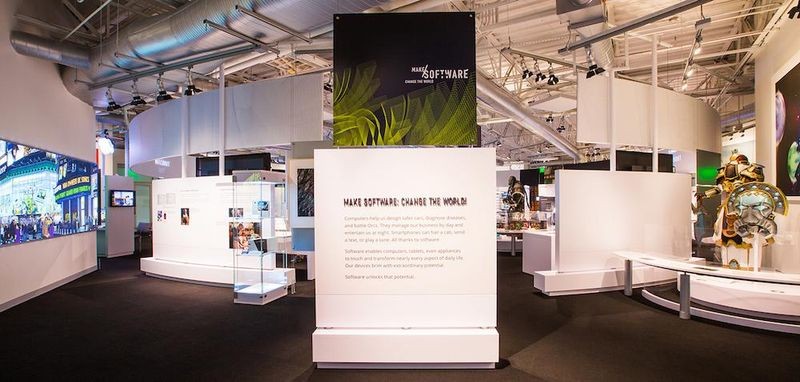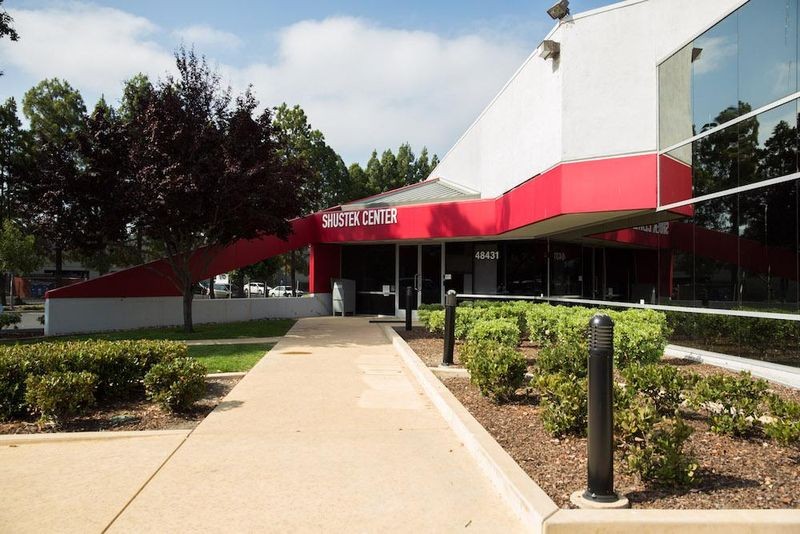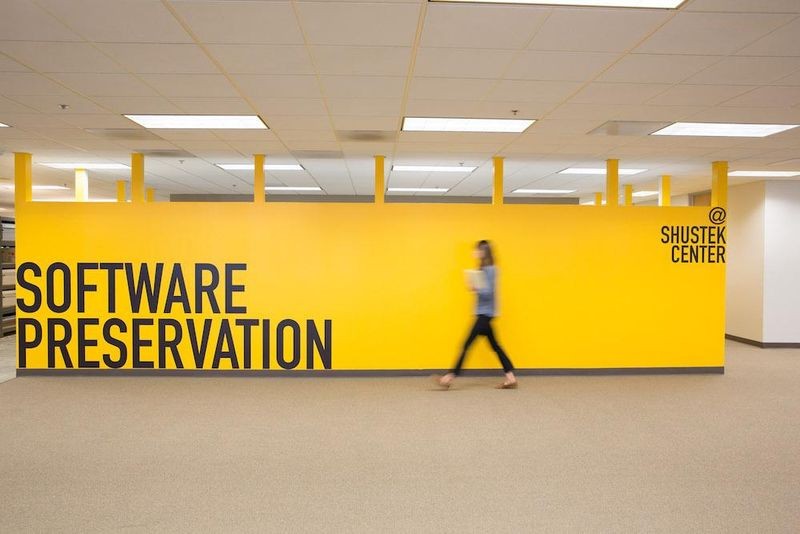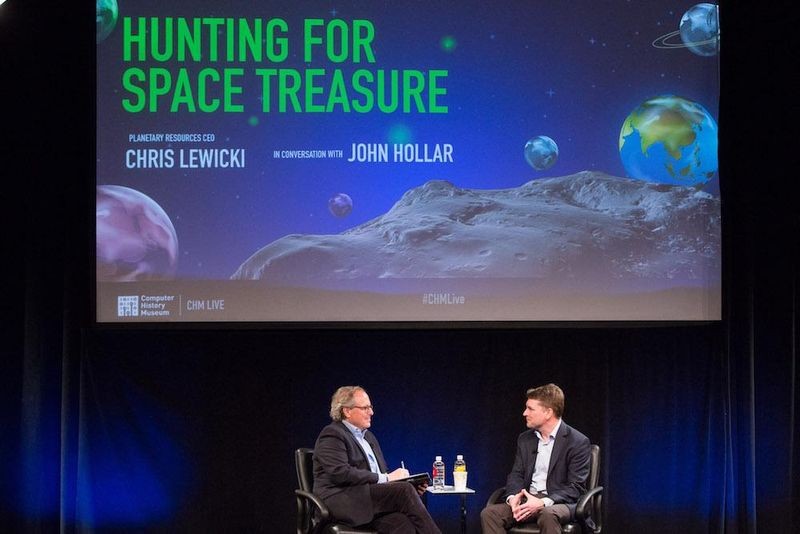

Computer History Museum President and CEO John C. Hollar to step down after nine years of service.
After a dynamic nine-year tenure, John Hollar will step down as president and CEO of the Computer History Museum (CHM) in June 2017. Under Hollar’s leadership, the Museum grew into a globally respected institution that USA Today called “the Smithsonian of Silicon Valley.”
Hollar leaves CHM on a solid financial footing and with significant momentum. Under his leadership it secured over $55 million in fundraising, tripled annual revenues, increased attendance almost 10x, and launched landmark exhibits, including Revolution: The First 2000 Years of Computing and Make Software: Change the World!, a $7 million, 6,000-square-foot exhibition that explores how the lives of people everywhere have been transformed by software.

Make Software: Change the World! explores the history, impact, and technology of software.
“John presided over amazing growth in exhibits, programs, audience, facilities, supporters, and revenue. He can be proud of what he, with his team, have accomplished,” said Len Shustek, chairman of the Computer History Museum Board of Trustees.
The scope and impact of CHM expanded tremendously during Hollar’s presidency. The Museum’s world-class collection, which now has more than 75,000 physical objects and 150,000 items of code and recorded media, helps preserve worldwide computing history and the transformation that technology has had on all of our lives. The Shustek Center, opened in 2016, greatly expanded the Museum’s archival collections and preservation capacity. Designed for scholars and historians, it is a $6.2 million, 50,000-square-foot research center that will anchor the Museum’s expanding research agenda and house the large and rapidly expanding collection of digital assets.

The Shustek Center is a state-of-the-art research and storage facility, housing the Museum’s acquisitions, archives, software preservation, and research operations.
The Museum recently extended its reach into two important areas by opening centers of expertise that “connect the dots” between computing’s past and future and explore the coming technological, social, and economic implications for the world.
Exponential Center, designed to study entrepreneurs and those who support them, captures and preserves the history of tech companies and inspires future entrepreneurs. The Exponential Center’s advisory board includes some of the leading innovators and investors in Silicon Valley. The Software History Center, which includes historians, academics, and researchers, is a $20 million enterprise that leverages the Museum’s extensive collection to tell the story of software and preserve its history for posterity. This center houses the Museum’s growing collection of source code and documentation.

Exponential’s Marguerite Gong Hancock in conversation with Silicon Valley marketing guru Regis McKenna during the Exponential Center launch symposium, June 3, 2016.

Directed by David C. Brock, the Software History Center collects, preserves, and interprets the story of software.
In late 2017, CHM will open a new Education Center for educators and students of all ages. This IDEO-designed center extends the Museum’s award-winning education programs, which explore not only the “what” but also the “why” and the”how” of computing, and encourages visitors to think critically about how technology is changing our lives.
CHM has become a forum for dialog and debate with a speaker series that appeals to a broad audience curious about the evolution of computing and its role in our lives. Past speakers include Mark Zuckerberg, Elon Musk, Paul Allen, Sheryl Sandberg, Evan Williams, Marissa Mayer, Walter Isaacson, and Eric Schmidt. Broadcast locally on KQED and internationally via the BBC, the Museum’s live programming offers an intimate view of the thinkers and visionaries behind some of our modern world’s greatest achievements.

John Hollar interviews Planetary Resources CEO Chris Lewicki during CHM Live’s “Hunting for Space Treasure,” March 9, 2017.
After leaving CHM, Hollar will turn his attention to a book he is writing about the transformational impact of technology on President Obama’s campaigns and administration. He will continue to serve on the board of the American Leadership Forum and advisory boards of DocuSign IMPACT, Radio Free America LLC, and the ARCS Foundation of Northern California.
“These have been nine incredibly happy, productive and fulfilling years for me, and it’s been a privilege to serve as president and CEO of this remarkable institution,” Hollar said. “A huge number of people have contributed to making the Museum the place it is today. Working with the CHM community, the board, my incredible management team, the staff and the large volunteer corps has been one of the best periods of my professional life. We’ve accomplished a great deal together, and we can all be proud that CHM is strong, vibrant and growing.”
The CHM Board of Trustees has formed a search committee, chaired by longtime trustee Gardner Hendrie, to find the Museum’s next CEO.